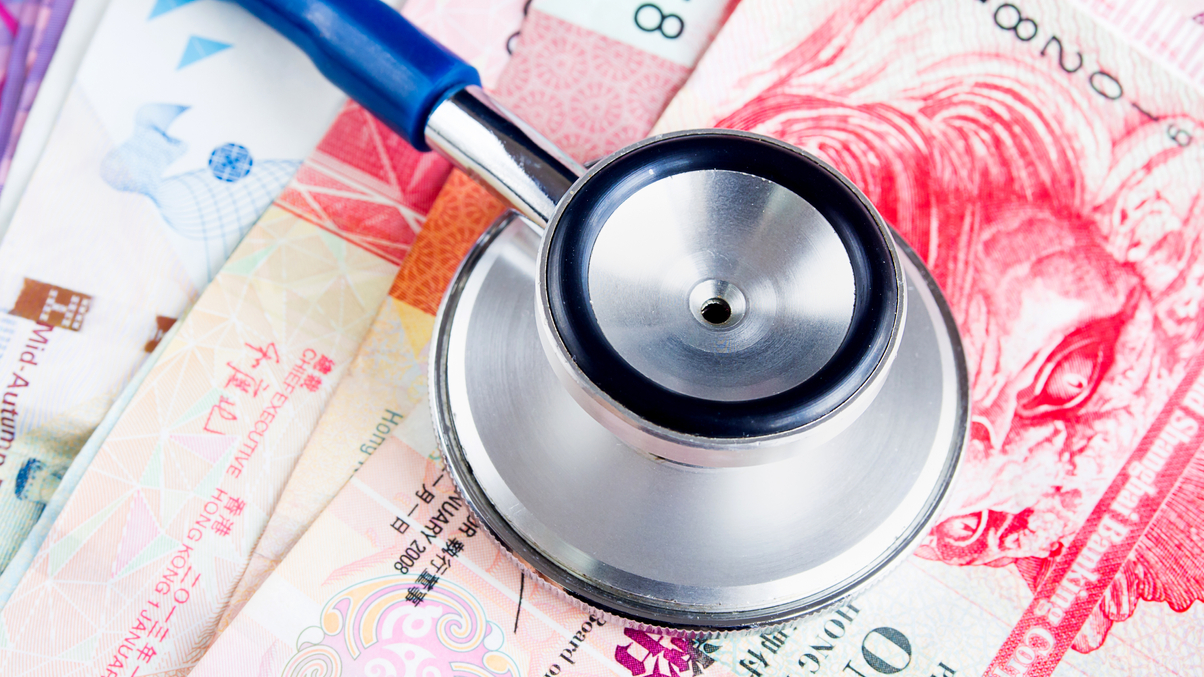partner content
Asset owner survey: turning more cautious on HKD bonds
There is continued appetite for this asset class as a portfolio tool for investors to achieve specific goals such as matching liabilities and avoiding currency risk. But greater choice, more liquidity and higher yields are in growing demand.

Amid lingering doubts over global economic growth and geopolitical stability in 2020, certain Asia-based asset owners continue to derive various benefits from holding Hong Kong dollar (HKD) bonds.
Sign In to Your Account
Access Exclusive AsianInvestor Content!
Please sign in to your subscription to unlock full access to our premium AI resources.
Free Registration & 7-Day Trial
Register now to enjoy a 7-day free trial—no registration fees required. Click the link to get started.
Note: This free trial is a one-time offer.
¬ Haymarket Media Limited. All rights reserved.


